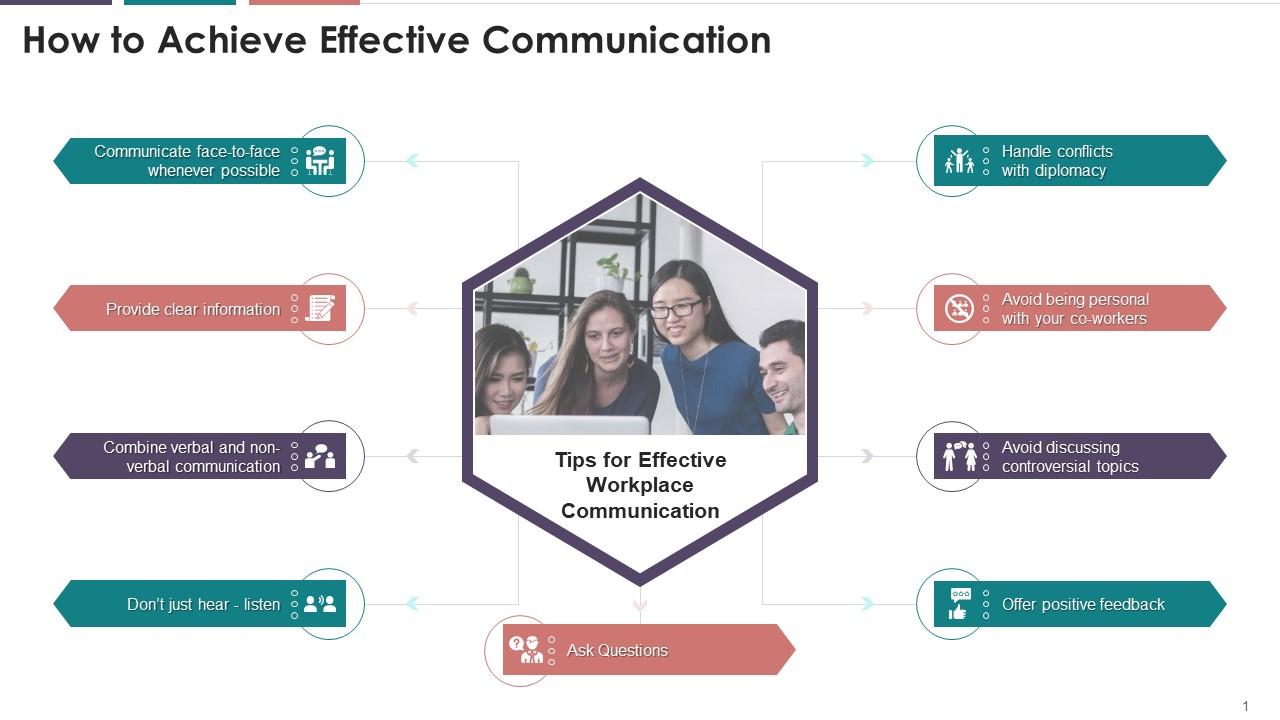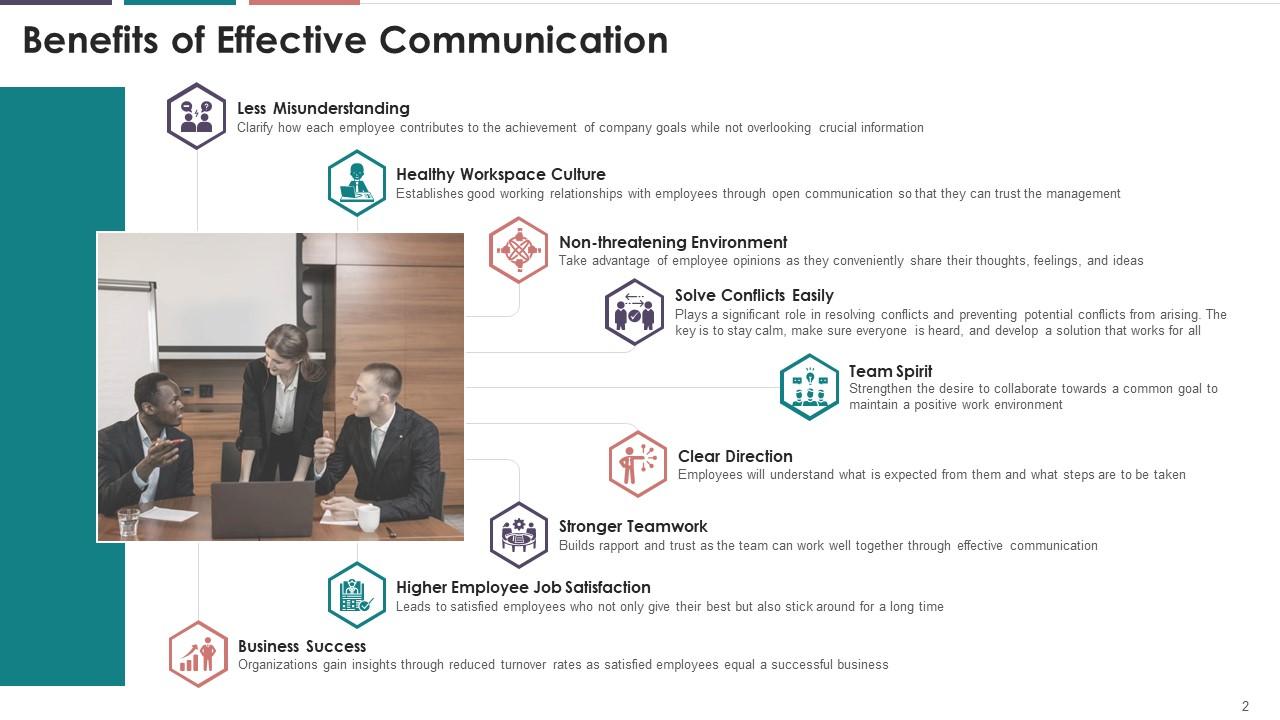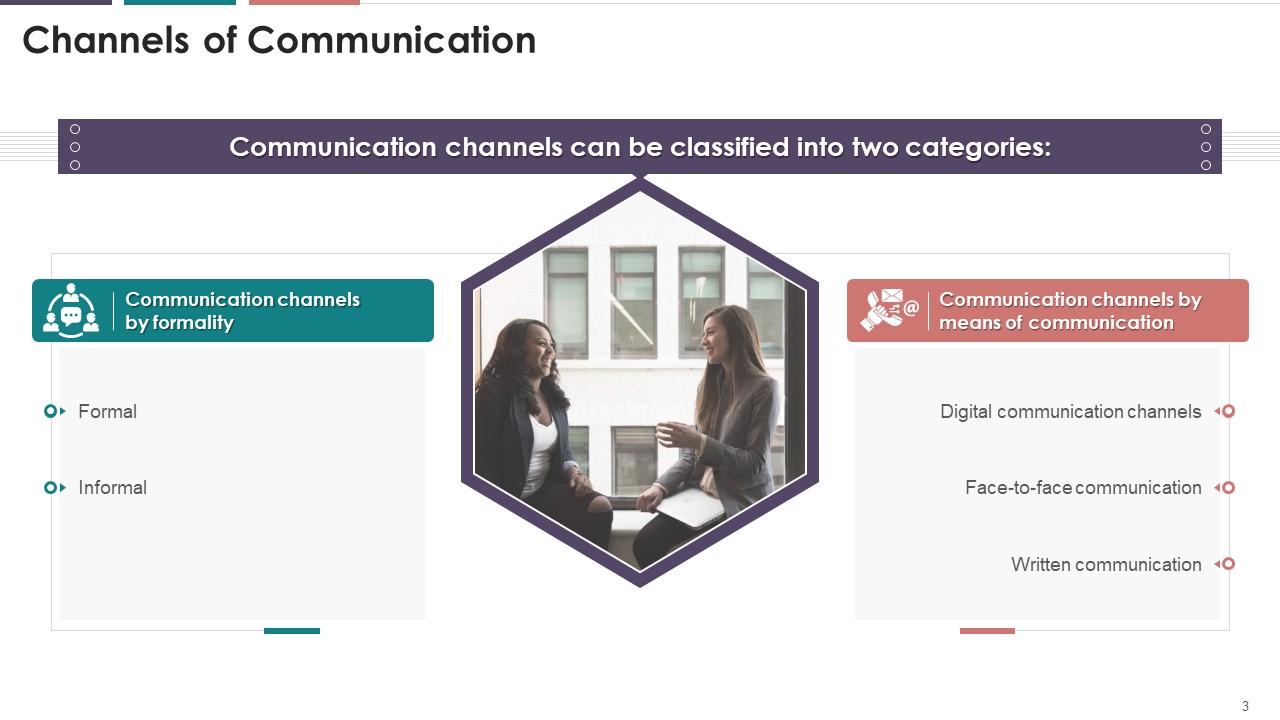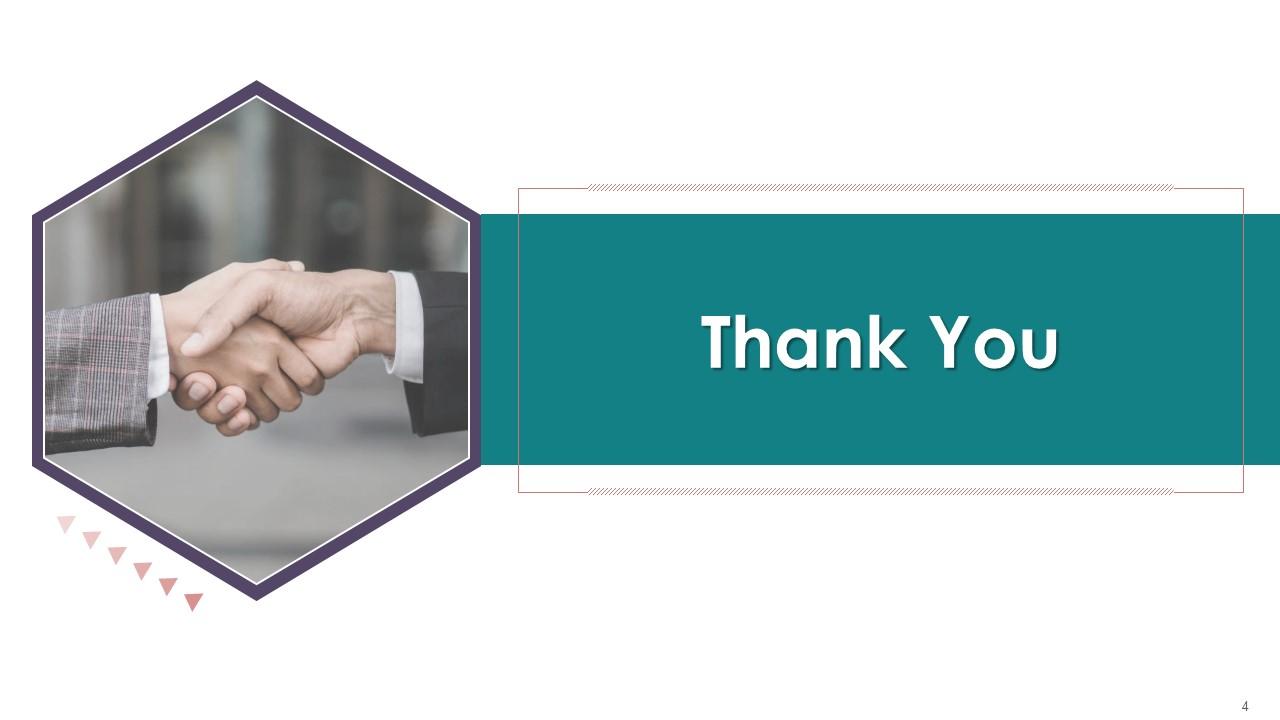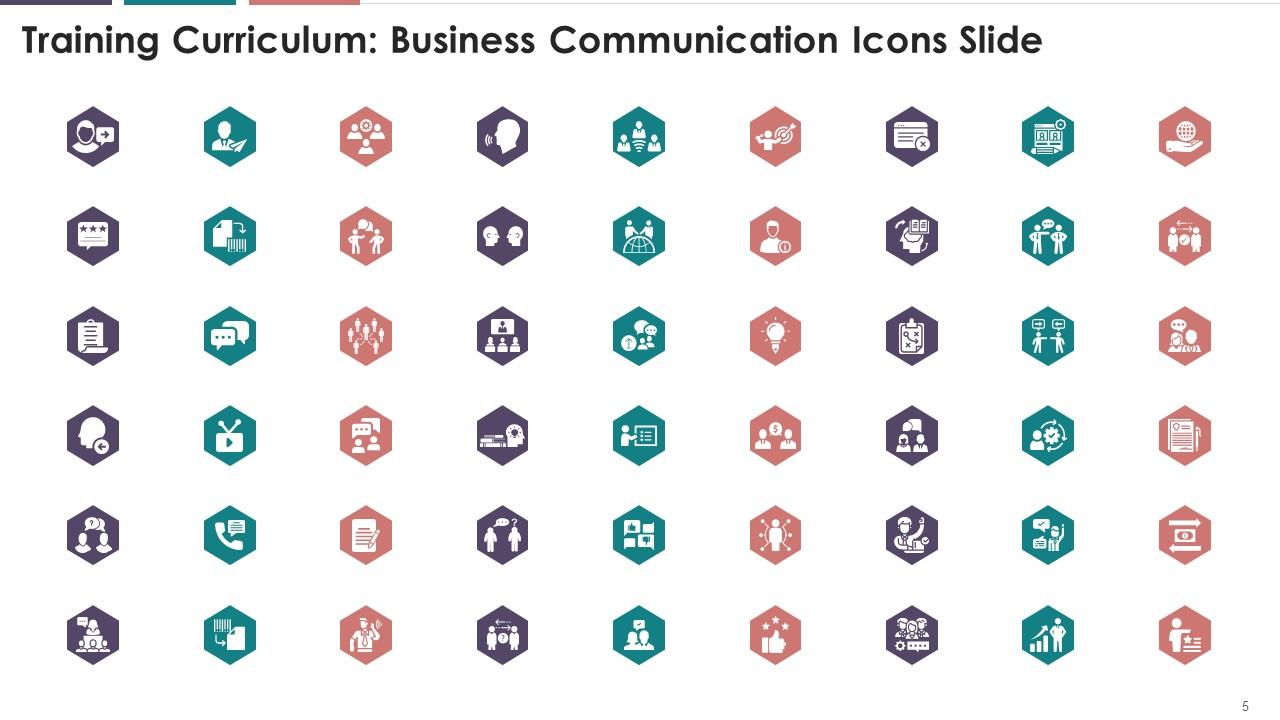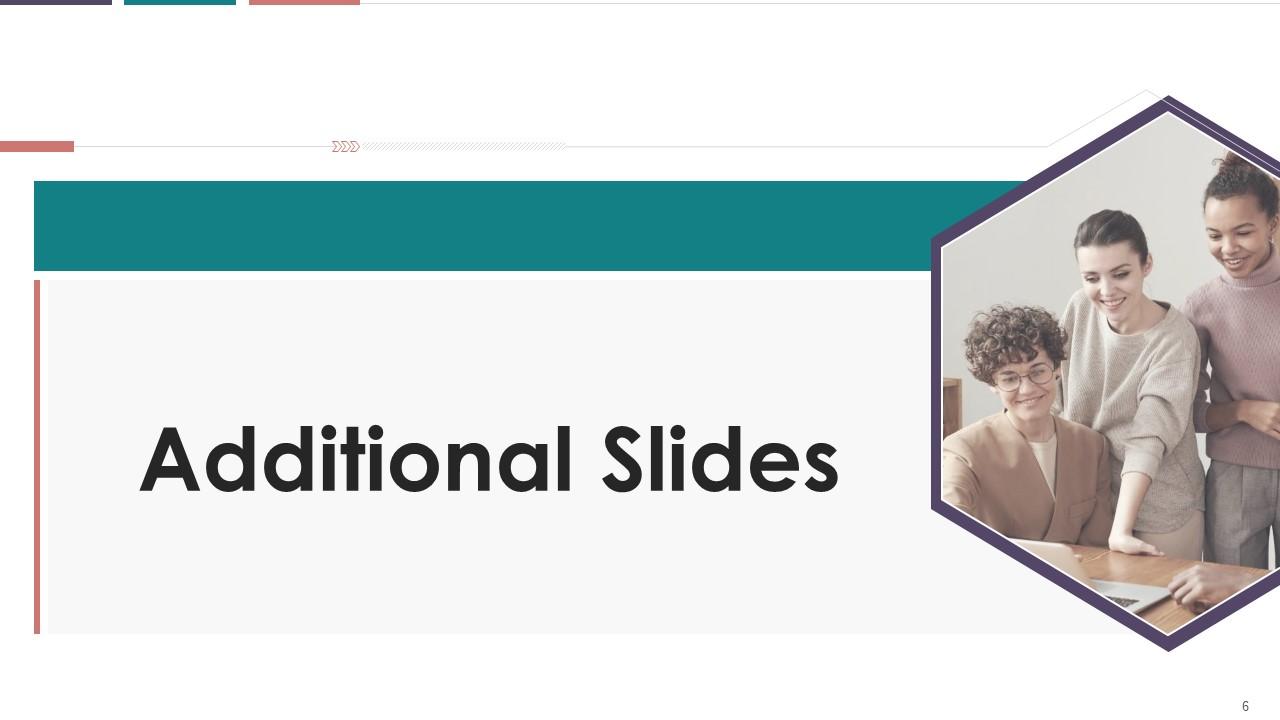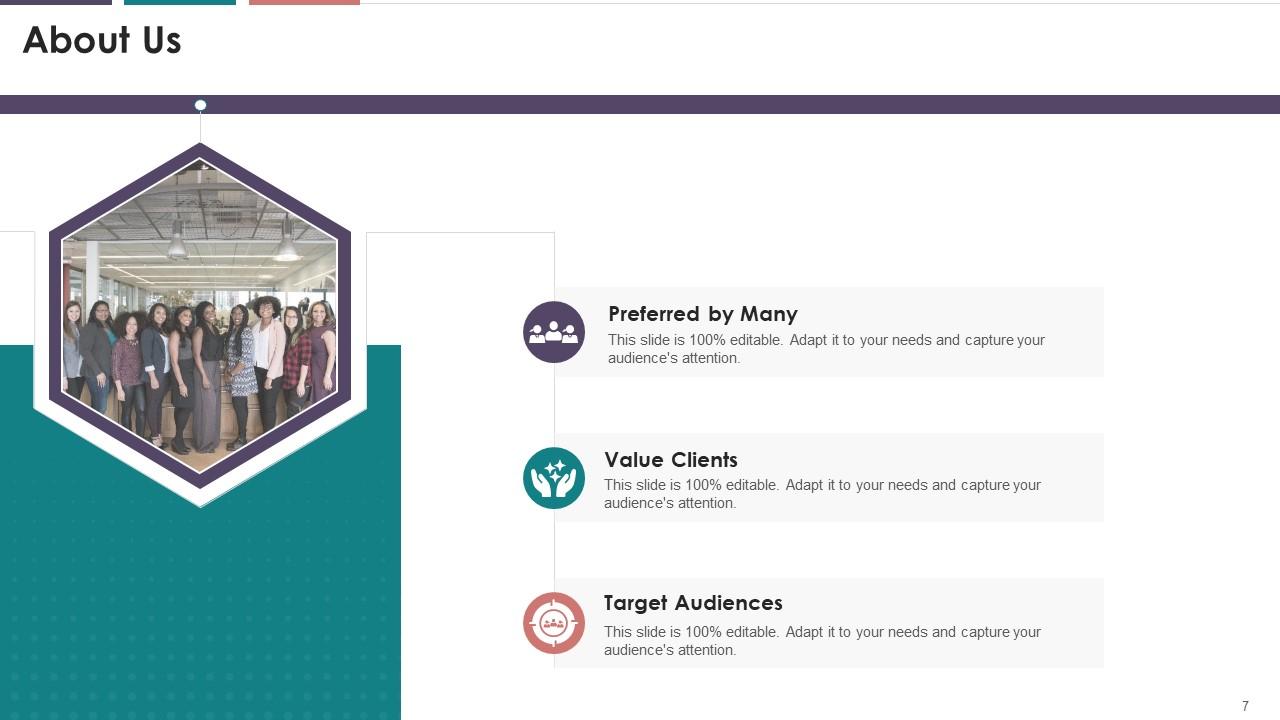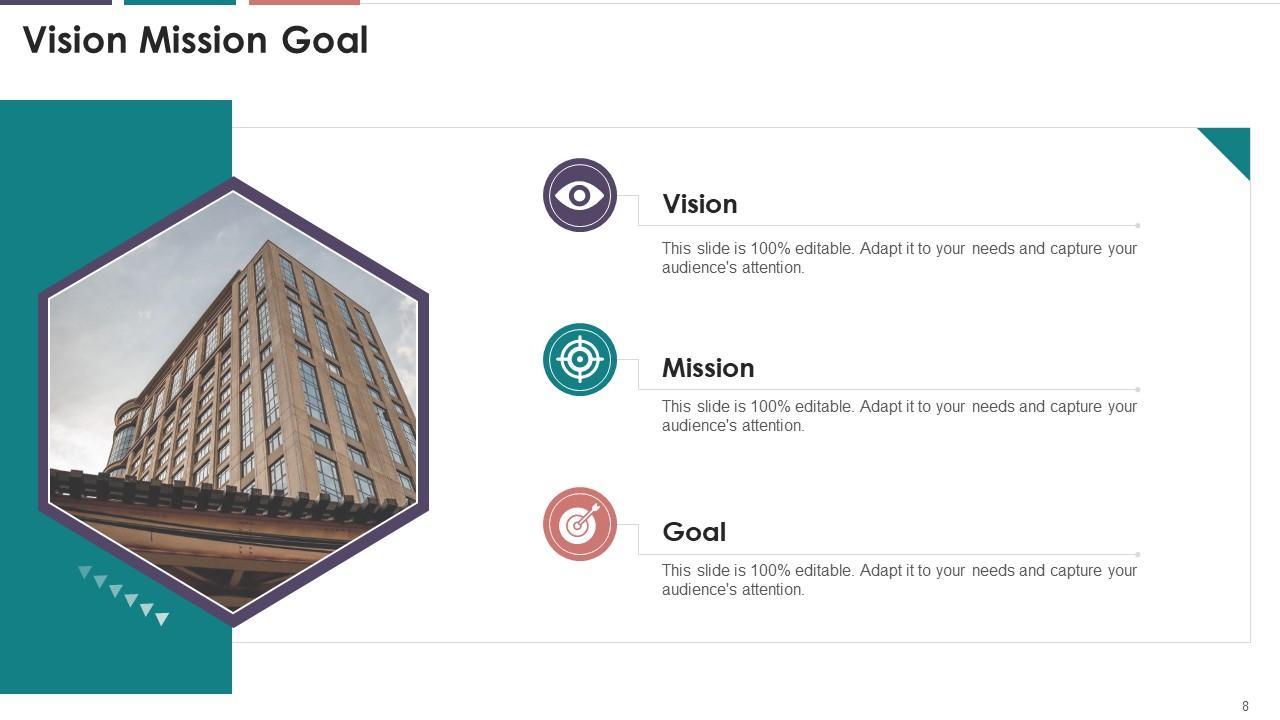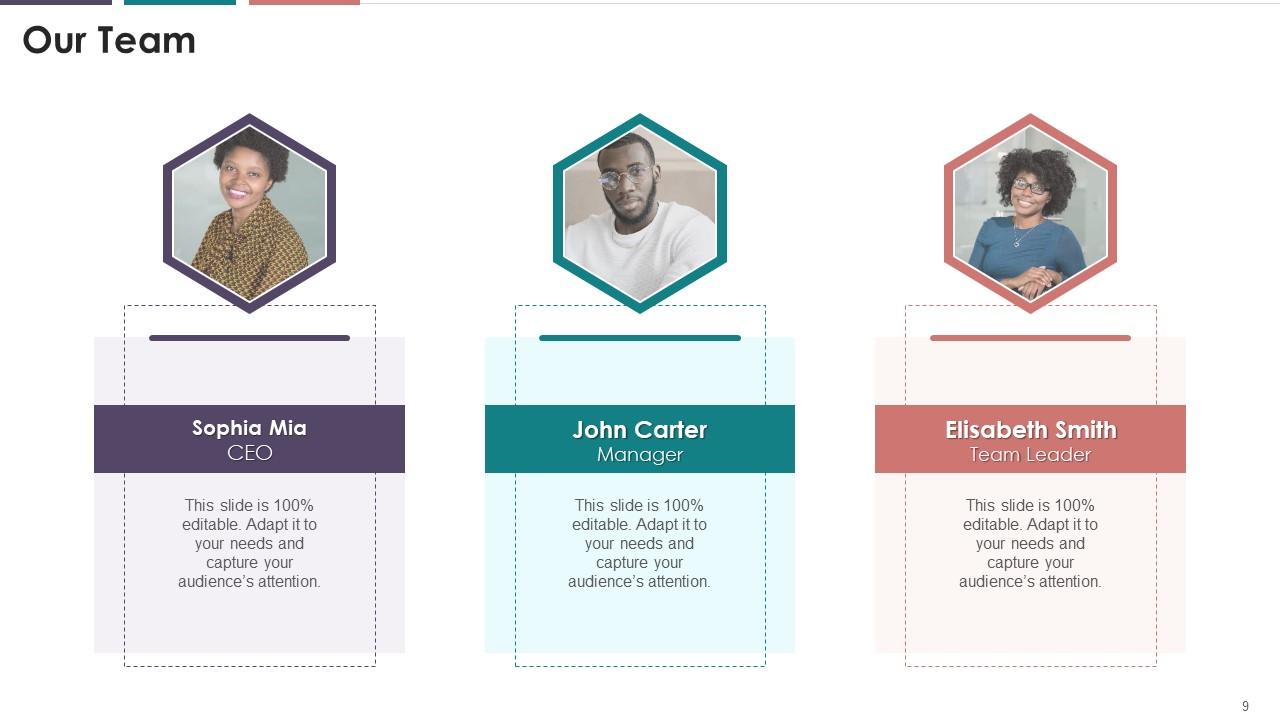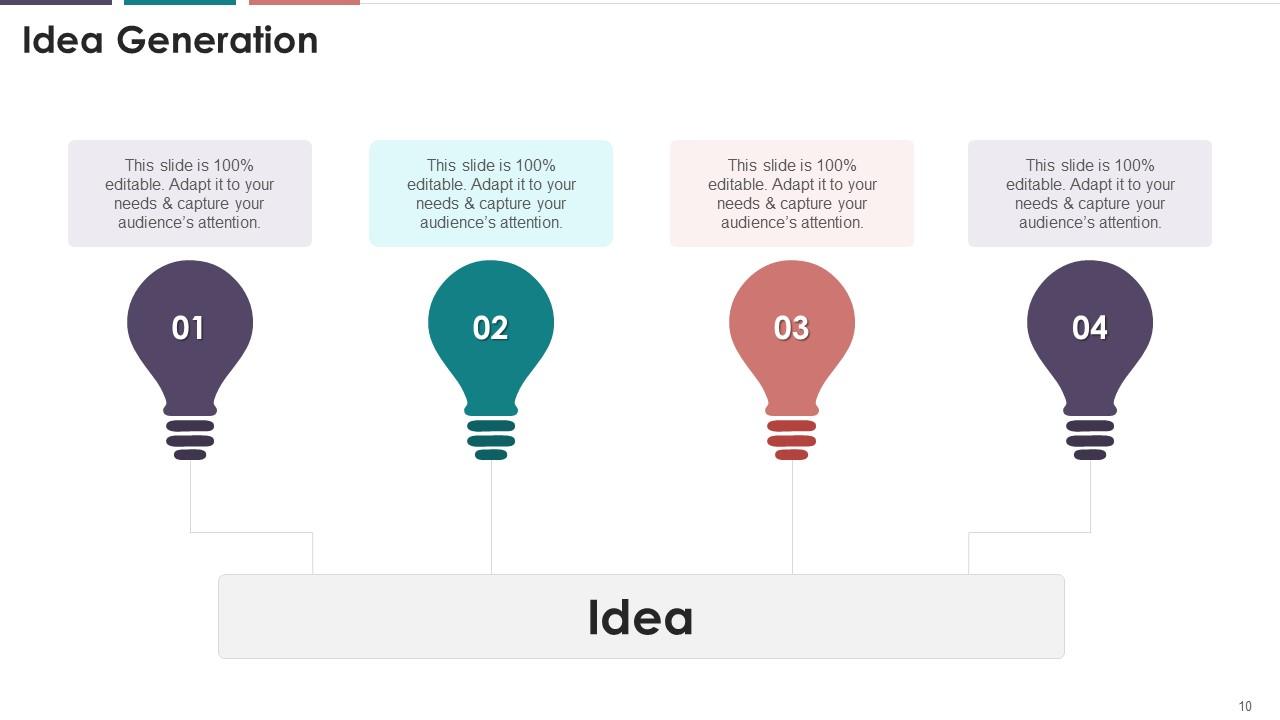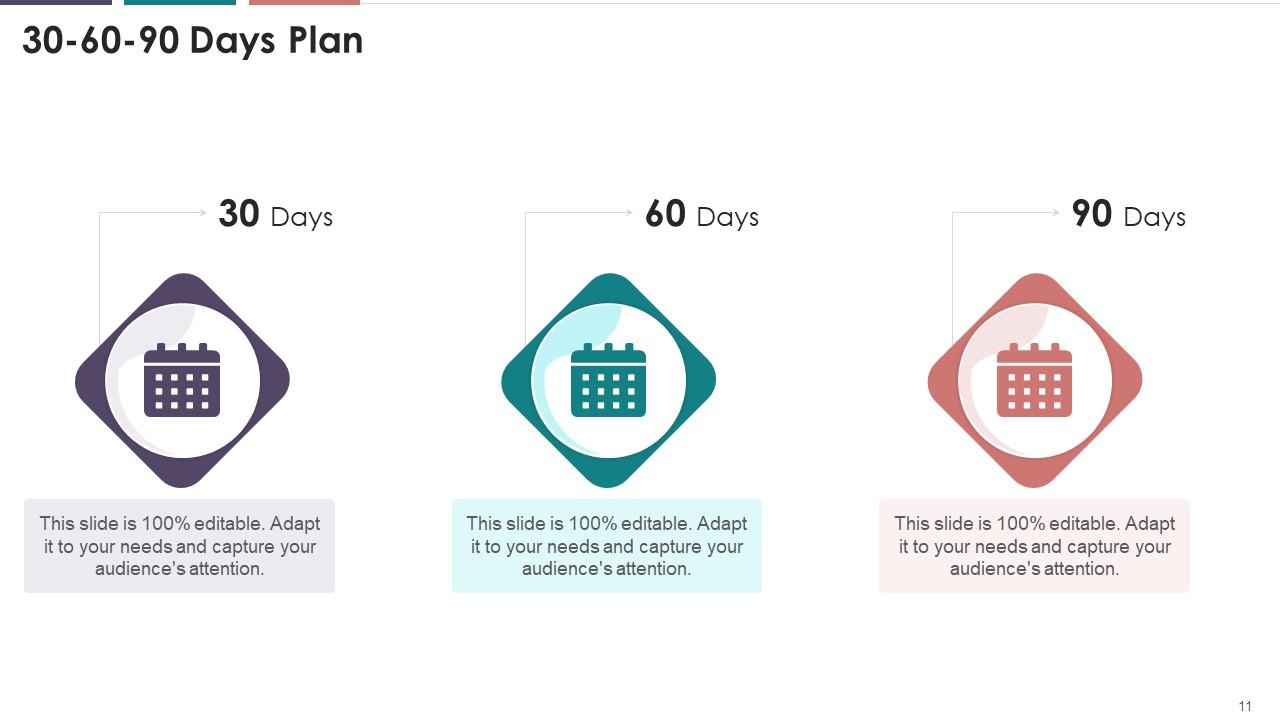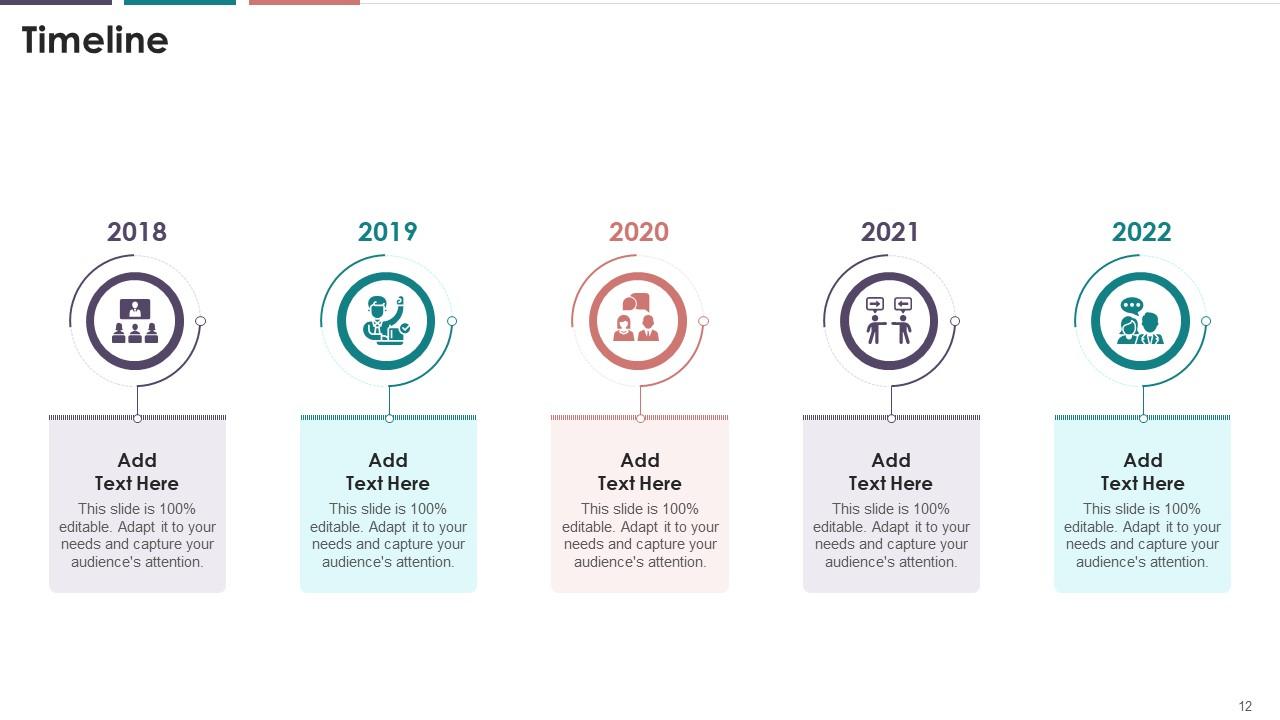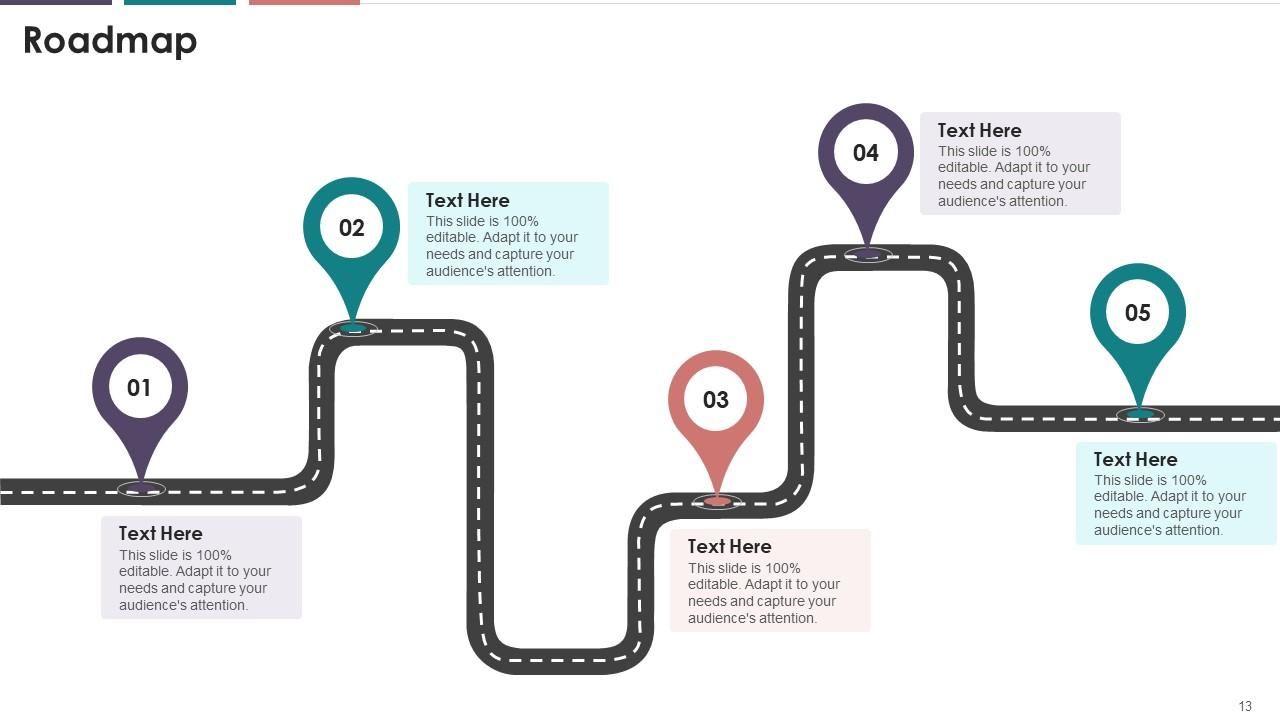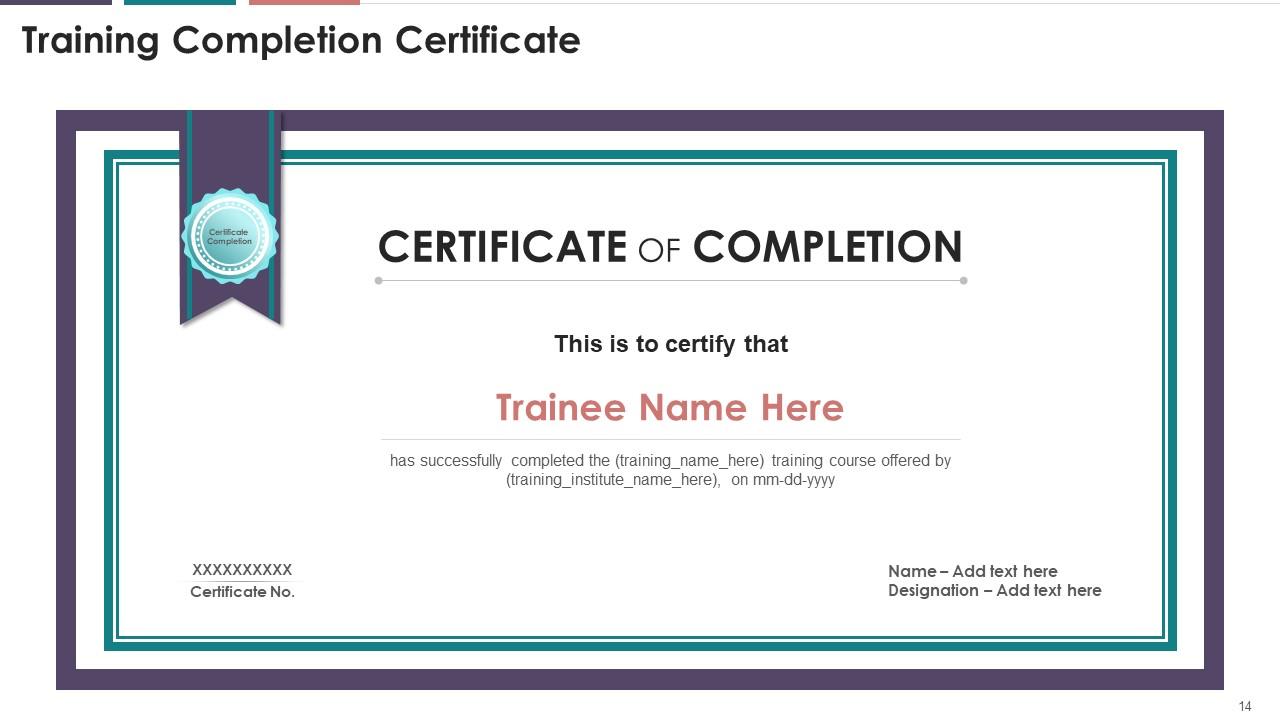Benefits And Channels Of Effective Business Communication Training Ppt
This slide deck includes the major advantages of effective communication and tips to achieve the same. Further, it covers the communication channel types on formality formal and informal and on means of communication digital, face-to-face, and written.
This slide deck includes the major advantages of effective communication and tips to achieve the same. Further, it covers t..
- Google Slides is a new FREE Presentation software from Google.
- All our content is 100% compatible with Google Slides.
- Just download our designs, and upload them to Google Slides and they will work automatically.
- Amaze your audience with SlideTeam and Google Slides.
-
Want Changes to This PPT Slide? Check out our Presentation Design Services
- WideScreen Aspect ratio is becoming a very popular format. When you download this product, the downloaded ZIP will contain this product in both standard and widescreen format.
-

- Some older products that we have may only be in standard format, but they can easily be converted to widescreen.
- To do this, please open the SlideTeam product in Powerpoint, and go to
- Design ( On the top bar) -> Page Setup -> and select "On-screen Show (16:9)” in the drop down for "Slides Sized for".
- The slide or theme will change to widescreen, and all graphics will adjust automatically. You can similarly convert our content to any other desired screen aspect ratio.
Compatible With Google Slides

Get This In WideScreen
You must be logged in to download this presentation.
PowerPoint presentation slides
Presenting Benefits and Channels of Effective Business Communication. This slide is well crafted and designed by our PowerPoint specialists. This PPT presentation is thoroughly researched by the experts, and every slide consists of appropriate content. You can add or delete the content as per your need.
People who downloaded this PowerPoint presentation also viewed the following :
Content of this Powerpoint Presentation
Slide 1
This slide illustrates the tips for effective workplace communication. The tips are face-to-to-face communication whenever possible, providing clear information, combining verbal and nonverbal communication, not just hearing, but listening, handling conflicts with diplomacy, avoiding being personal with your co-workers, avoiding discussing controversial topics, etc.
Instructor’s note:
The tips for effective workplace communication are as follows:
- Communicate face-to-face whenever possible: Electronic communication can be potentially harmful to a relationship, particularly with co-workers. Electronic communication is often misunderstood. Prefer phone call or pay a visit to a coworker when you have something important to say
- Provide clear information: When you fail to communicate clearly and accurately, it can lead to confusion rather than clarity. To avoid miscommunication, avoid sending emails written in haste and always plan what you want to say before speaking
- Combine verbal and nonverbal communication: Only 7% of the message is conveyed by the words we choose. One must make sure that verbal and nonverbal messages are in sync. For example, if you're trying to obtain approval for your business proposal, make your nonverbal gestures positive and confident
- Don’t just hear – listen: The majority of conflict arises as a result of poor listening skills. To improve listening skills, paraphrase what is said to confirm that you were paying attention and ensure accuracy. This will lessen the likelihood of a conflict and will assist you in becoming a more effective communicator
- Ask questions: In addition to demonstrating that you were listening, asking questions confirms that you have understood the other person. A person can also use questions to elicit additional information and better comprehend the conversation
- Handle conflict with diplomacy: If you believe someone misunderstood something that you said, speak with him/her as soon as possible to avoid unnecessary resentment and productivity loss. Handle minor misunderstandings as quickly as possible to prevent a conflict
- Avoid being personal with your co-workers: Too much personal information must not be disclosed to co-workers. Aim to be friendly while remaining professional. If an employee gets too personal with co-workers, the risk of being perceived as less credible while communicating something important increases
- Avoid discussing controversial topics: To avoid offending anyone, refrain from discussing politics or religion or other controversial topics in office. While it's a good idea to talk to and get to know your co-workers, it's best to avoid controversial topics
- Offer positive feedback: Appreciate your coworker if they do an excellent job on a task. Positive feedback is a perfect way to improve workplace communication
Slide 2
This slide depicts the benefits of effective communication in an organization. The benefits are less misunderstanding, healthy workspace culture, non-threatening environment, team spirit, clear direction, stronger teamwork, higher employee job satisfaction, and business success.
Slide 3
This slide categorizes communication channels based on formality and means of communication. It highlights that based on formality, the channels are divided into formal and informal and based on means of communication into digital, face-to-face, and written communication.
Instructor’s Notes:
Communication channels by formality
- Formal communication entails the exchange of information such as an organization's goals, policies, and procedures
Example: Business plans, strategy, goals, annual reports, agreements, workplace safety guidelines and procedures, board presentations, etc.
- Informal communication channels, on the other hand, are used to deliver official business messages in a more relaxed manner
Examples: Lunch time discussions and ongoing collaboration among team members
Communication channels by means of communication
- Digital communication channels: Electronic means of communication include a variety of online tools that employees use to stay in touch with one another and stay up to date on company news and updates
Examples: email, internal communication platforms, and intranets
- Face-to-face communication: Although electronic means of communication in the workplace are taking over, face-to-face communication is still essential. It is much more personal, as it has a more human touch to it
- Written communication: Written communication refers to any message that uses the written word. Written communication is the most critical and effective mode of business communication
The various types of written communications used internally for business communication are:
- Memos\Reports
- Bulletins
- Employee manuals
- Emails
- Instant Messages
Examples of written communications commonly used with clients or other businesses are:
- Emails
- Letters
- Proposals
- Telegrams\Faxes
- Postcards
- Contracts\Advertisements
- Brochures
- Publications
Benefits And Channels Of Effective Business Communication Training Ppt with all 19 slides:
Use our Benefits And Channels Of Effective Business Communication Training Ppt to effectively help you save your valuable time. They are readymade to fit into any presentation structure.
-
I joined SlideTeam last month and there’s no doubt that I tend to find our bond only strengthening over time. Best place to find world-class themes, templates, and icons.
-
Thanks to SlideTeam, we have an ideal template to present all the info we need to cover. Their slides give our numbers and projections a more clear and enchanting look.


